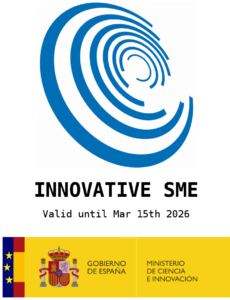Kinetic selectivity in metal-organic framework chemical sensors
Authors: Aleksander Matavž, Margot F. K. Verstreken, Leen Boullart, Max L. Tietze, Masaya Sugihara, Lars Heinke, and Rob Ameloot
Journal: ChemRxiv
Abstract: Selective detection of specific volatile organic compounds (VOCs) is crucial for health, safety, and environmental applications, but current sensors suffer from poor selectivity and struggle to measure specific VOCs in the presence of interfering compounds and water vapor. To address this issue, we introduce the kinetic selectivity achievable in nanoporous crystals, specifically metal-organic frameworks (MOFs), into the domain of chemical sensors. In well-selected MOFs, similar molecules can have diffusivities that differ by orders of magnitude. Measuring these diffusivity values is challenging since conventional methods based on rapid changes in atmosphere composition cannot be used in a sensing context. A novel temperature perturbation method was developed for thin-film capacitive sensors with a MOF dielectric layer to enable diffusivity measurements in a fixed atmosphere. Our approach enabled a single sensor to differentiate and quantify VOCs at ppm concentrations, even in mixtures containing high water vapor concentrations, outperforming a state-of-the-art ten-element sensor array.


